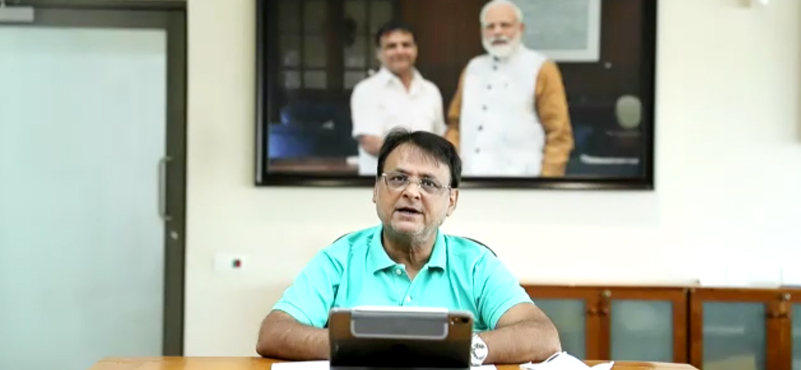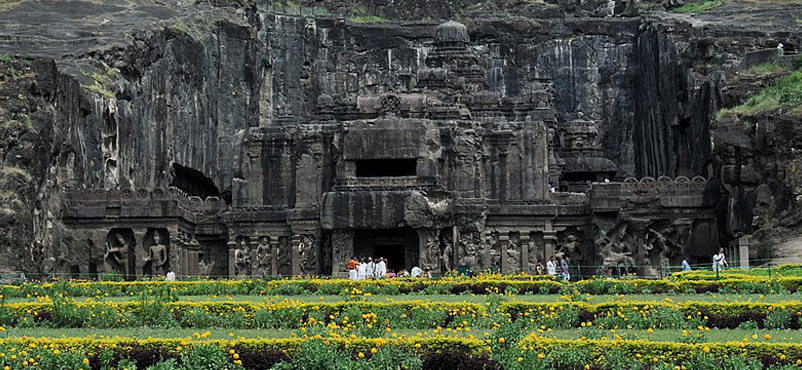Speaking at the LILA PRISM lecture series, Ratish Nanda calls the takeover of heritage maintenance by archaeologists from conservationist groups the biggest travesty for projecting Indian history to the wider global audiences. He bats for looking at heritage as means to sustain, not only the preservation of the structure itself, but also the development of city by making them more engaging for tourists and putting the money back where it came from.
Tourism and heritage are not mutually exclusive, says Ratish Nanda, Projects Director of Aga Khan Trust for Culture. “The point is that we need somebody’s money to push the envelope forward and somebody needs to pay for that. Whoever is giving that money wants something out of it,” contends the illustrious conservationist architect, when asked about how heritage structures could be made self-sufficient for its maintenance and regular upkeep. “Sometimes, it is recognition; sometimes it is the feel good factor; sometimes it is contributing back to society. So, I think we should create an atmosphere where funding for conservation projects by private sector is encouraged and incentives are given for that,” he adds.
Touching upon the issue of sustainability in heritage efforts and that of site maintenance, he points towards global practice and calls for a policy for every region that kept heritage preservation in the fore-front of engagement. “Every site or region should have policies in place to make heritage preservation sustainable. It is done all over the world – it is the simplest thing to do. It cannot be done if you do not make it happen,” he passionately says.
Pointing towards a unique anomaly in the Indian context, he says that top Indian heritage structure were not priced enough for visitors – and calls the lack of ‘add-ons’ a major reason for this lacunae. “The problem in India is that you go to the Taj Mahal and you get only the Taj Mahal. You do not get a café and a souvenir shop; ticket for a day’s shoot of filming is fifty thousand rupees – it should be five lakhs a day. Morning passes for monuments are doled out at seventy-five rupees per annum; it should be five thousand rupees a day,” reasons Ratish. He illustrates Humayun’s Tomb success in bringing in footfalls since its makeover. “We have done proper commercial studies – and after the conservation efforts over two million visitors have come to visit it; the revenue generated just from ticket sales is ten crore rupees,” he tells us. “So, in every sense it is sustainable, but that money generated is not ploughed back – it goes where your and my taxes go,” he explains.
However, he also has a word of caution. He says that ticket sales and add-ons can help only in day-to-day maintenance and that, “you cannot go ahead with acquisitions and other important activities,” says Ratish.
Explaining that conservation of heritage needed a vision and then able people to fulfill that vision, he asks that, “Should the Taj Mahal not be paying for Agra’s development? So the vision is not only to maintain the Taj Mahal, but to make our society respect heritage,” he adds showing a way forward. “The society at large will only respect heritage when people gain economically; if they improve their quality of life,” Ratish adds.
He also bemoans the lost art of conservation, saying that, “India has been doing conservation for over three thousand years and we have conveniently forgotten it in the last hundred years.” Pointing towards armchair conservationists – who had little thinking, decide the conservation strategy for this country taking over the reins of heritage in India– he calls for going back to our roots. “Most importantly, we must keep our craft skills alive. With our craftsmen slowly vanishing, how can we conserve our heritage in the 21st century ?” he concludes.




































